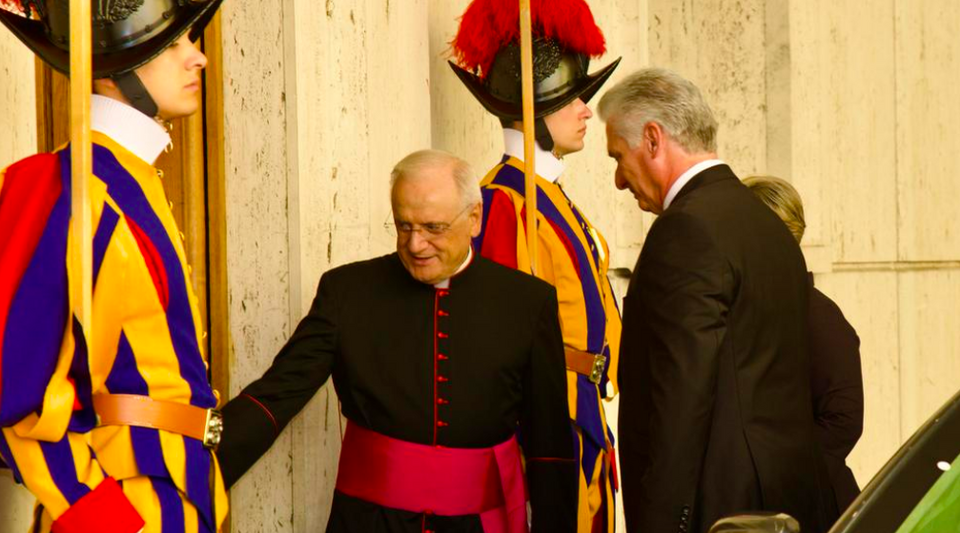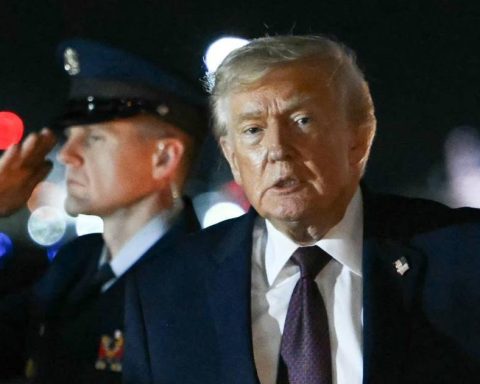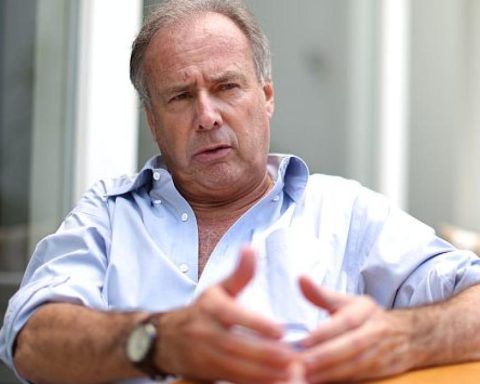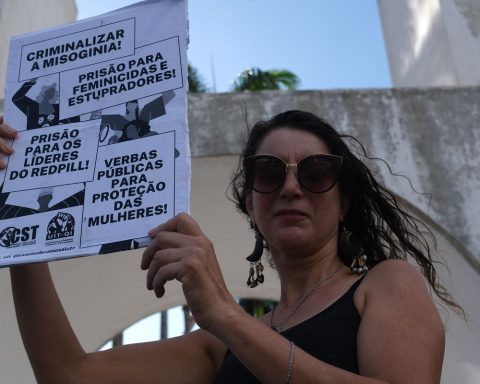Probably, all Uruguayans over 50 years of age have memories of the coup d’état of June 27, 1973: those who were children, the innocent joy of “advancement” of the July vacation due to the closing of schools; those who were adults, fear or uncertainty about the situation and others perhaps, indifference. At that time, you could not watch Uruguayan TV, there were no social networks, and the possibility of finding out what was happening in Montevideo was through the radio or the newspapers.
Beyond personal experiences and memories, it was a very important historical event that started the last dictatorship, which was to last until 1985 (at least in its formal aspects).
The interpretations about the process that led to the coup are multiple and with different accents, but they coincide on some points: the fragmentation of political parties, the growing power of the military in government affairs, the appearance of guerrilla movements and the economic and social crisis in force since the previous decade.
What happened specifically on June 27? In the early morning of that day, President Juan María Bordaberry announced on radio and television the decree 464 by which the chambers of senators and representatives were dissolved, which would later be replaced by a Council of State. A few hours before, the parliamentarians had finished the last session, with some famous speeches in defense of the institutions. Some of them marched from the Legislative Palace directly into exile. The president, meanwhile, continued in his duties, abiding by the “military tutelage.”
For a long time there had been a confrontation between the Executive and Legislative powers. The culminating point of the confrontation between the powers of the State was the request for the impeachment of Senator Enrique Erro by the Executive Branch. The senator had been accused by the military courts of having contacts with guerrilla groups. After some time of discussion in the chambers, the Senate rejected the challenge. The president’s response was the dissolution of the chambers.
Although this was not the only coup that occurred in Uruguay in the 20th century, it had some of its own characteristics recognized by most historians:
– It was an “institutional” coup because it was carried out by President Juan María Bordaberry, who remained in office until 1976, accompanied by the military.
– Its character was “civic-military”, since, although its power is based on the military, it also has social support through the actions of civilians.
– It had “graduality”. Some have called it a “slow motion” coup, mentioning as very important precedents the events of February 1973 where the presidential authority was clearly disobeyed by the military who, from that moment on, began to carry out functions in the State. previously only reserved for civilians.
– He received an immediate response of peaceful resistance such as the general strike decreed by the CNT workers accompanied by the student unions. It lasted 15 days and occurred in almost the entire national territory.
From that day that today is remembered in its 50th. Anniversary, a dictatorial regime developed where the lives of all Uruguayans were transformed: ignorance of basic liberties, jail, torture, exile, death… a sad period in the country’s past
















